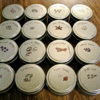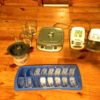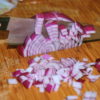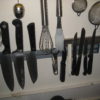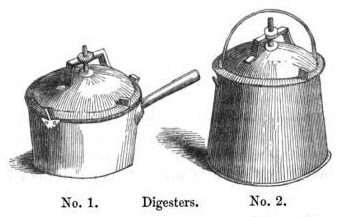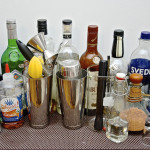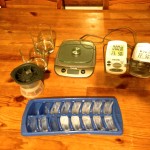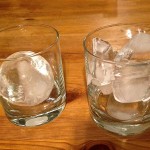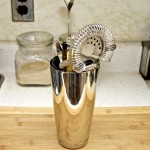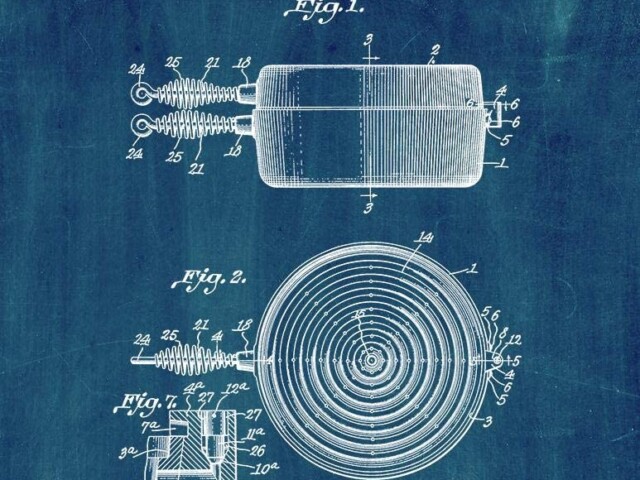
Heat transfer is the fundamental principle of cooking. Transferring the energy of different forms (thermal, chemical, electrical) to the food is what makes cooking happen. The efficiency of the different methods is measured by how much of the inputted energy is used to cook the food. Among all the available methods the most dominant and more efficient is the pressure cooker. No wonder the pressure cookers are so extensively used. Modern iterations of pressure cookers are even more efficient and usually can do more than one thing. With all these benefits it’s a wonder that pressure cookers aren’t even more popular. The most notable characteristic of these pots show much they cut down cooking times, making it possible to cook tough cuts of meats, whole grains, hearty vegetables, beans, in less than an hour.
How does a pressure cooker work?
There are two different styles of pressure cookers: the electric and the stovetop. Regardless of the style both work the same way. Raising the pressure is the fundamental reason for the pressure cooker’s efficiency. When a liquid boils the molecules try to escape from the liquid to the air. The only force that can counter that escape is the pressure from the atmosphere. The atmosphere in a way pushes down on the liquid molecules. When you lower the pressure you apply less force to the liquid molecules and therefore they need less energy to escape. As you remember from high school physics, the atmospheric pressure affects the water boiling point. Lowering the pressure (being on a tall mountain for instance) will lower the boiling temperature. Increasing the pressure has the exact opposite effect.
In physics (and chemistry) there is what is known as the phase diagram of the water as a function of the temperature and the pressure. All three phases can exist at different conditions that you wouldn’t expect. As you can see in the diagram below there is the solid phase (ice) marked by the blue region, the liquid phase (water) marked by the green region, and the gas phase (vapor) marked by the orange phase. Some combinations can give you ice at 200 C (392 F). That happens for very high pressures that you would never encounter in your life… unless you are a nuclear physicist. The black lines indicate the transition from one case to another. The one line we need to focus on is the portion of the purple line between liquid and vapor. You can see that as the pressure goes up the transition from liquid to gas happens at higher temperatures. For instance, moving from 1 Atm (15 psi – 100 kPa in the chart) to 2 Atm (30 psi – 200 kPa in the chart) the boiling temperature increases to 121 C. Note that the pressure is measured against atmospheric pressure, so 1 Atm is 0 psi while 2 Atm is 15 psi. Now that we have understood this, let’s implement it in the pressure cooker.
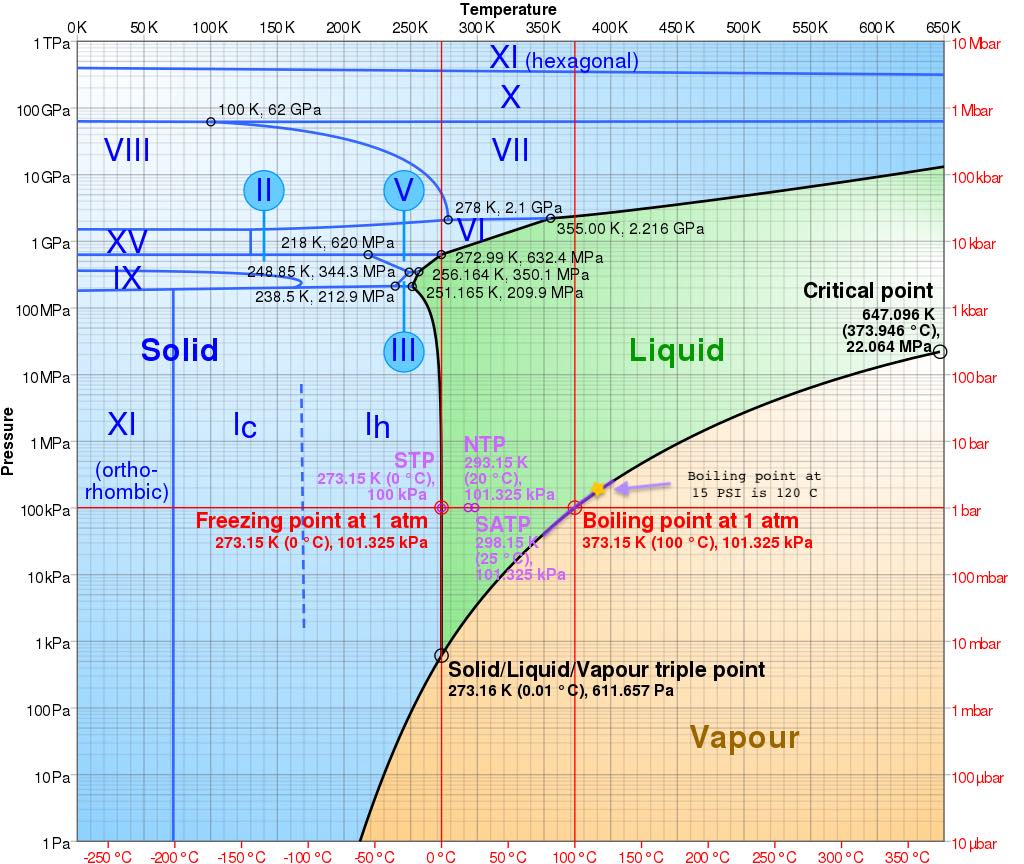
The phase diagram of the water indicating the three different phases of water and the transition areas.
A typical pressure cooker looks like an ordinary pot but has a modified lid that locks on over a rubber gasket to create an air-tight seal. As you cook the food the water boils and creates steal. Due to the air-tight seal, the steam cannot escape, as a result, it raises the pressure inside the pot. As we saw before this causes the temperature of the water to rise, thereby speeding up the time it takes to boil, braise, or steam. That’s one of the limitations of the pressure cooker: it can only be used with food items that can be boiled, steamed, or braised. To use a pressure cooker, you put the food in the pot with some liquid-usually that largely depends on the size of your pressure cooker and can be between 0.5 – 2 cups of water. The water of course can come from the food itself too, like in the case of meat or vegetables, but you need to add at least 1/2 a cup to get the process started. Once the lid is locked you put the pressure cooker on high heat. Once the pressure reaches the desired pressure a safety valve is releasing the excess steam making a whistling sound, indicating that the pressure is at the right level. The safety valve has usually a rod that will rise indicating that the pressure has been attained. At this point, the heat is being lowered so it just maintains the pressure, and the food is cooked at temperatures above 120 C or 250 F. When the process is done you either let the pressure cooker cool down or can release the steam manually.
How you release the pressure plays an important role in the cooking process. There are three basic pressure-release methods: natural release, achieved by turning off the heat and letting the pressure drop naturally; running the pot under cold water (stovetop models only); and quick release, which means manually opening the release valve on your cooker. The natural release takes 5 to 20 minutes, depending on the quantity and density of the ingredients; it works best for foods like braised meats and dried beans, which benefit from a resting period after cooking and tend to break apart during rapid depressurization. Both the cold water and quick release methods rapidly depressurize the cooker and are ideal for most vegetables and grains, which can easily overcook. The extra time for exposure to the heat can however over cook several items like steamed vegetables.
Most stovetop pressure cookers are preset at 15 psi, but some models provide a lower setting as well, between 10 and 11 psi, or about 235°F. (This lower setting is helpful for delicate foods like puddings, for example.) These modes are indicating on the safety valve rod, with two lines one for the 15 psi and one with the 10 psi. The electric pressure cookers have the same functionality and capabilities with the only difference in the digital interface. Many of these models can be set to various pressures and temperatures and can be programmed to move from low temperatures for soaking beans and whole grains to higher temperatures for cooking.
Pressure cooker history
In 1679, French physicist Denis Papin, better known for his studies on steam, invented the steam digester in an attempt to reduce the cooking time of food. His cast-iron, airtight cooker used steam pressure to raise the water’s boiling point, thus cooking food more quickly. In 1681 Papin presented his invention to the Royal Society of London as a scientific study; he was later elected as a member. His design was simple with a pot and a tightly fitting lid. The design has not changed ever since.
Some of the basic improvements are the use of other metals like steel and aluminum, the introduction of a rubber gasket that makes the seal more effecting, the safety valve, and the most radical changes are for the case of the electric pressure cooker with all the automation that came along. At its core, however, it remains a design very similar to the one that was by Papin.
Safety
The whole high-pressure thing can also become a very dangerous situation. There are two important things to always remember about pressure cookers. They are under pressure which makes them explosive and they contain liquid over 120 C (250 F) that can cause severe burns. We are talking life-changing burns, ok? Being careful with pressure cookers is just an understatement. Misusing or mistreating a pressure cooker can be fatal. The most common issue is when the user force opens the lid while everything is under pressure. This forces the content to rapidly boil and even spill over the pot. The other less common but a lot deadlier is the case where the safety valve malfunctions and the cooker reaches high pressures that can lead to explosions. Other less severe, but still serious injuries can happen when releasing the steam improperly causing burns.
In the 1950s, pressure cookers were very common in American kitchens, but stories of cookers exploding because of improper sealing scared people off. By the 1970s, pressure cooking in the United States largely became a thing obsolete, especially due to the popularity of microwave and frozen dinners. In Europe, where such items were not as popular, the pressure cooker remained a preferred way to speed up mealtime. My mom has the same one from the ’70s and still running strong.
The differences between the electric and the stovetop models are in the source of the energy and how they handle the whole process of cooking. For the stovetop one, you have to put it on any stove, gas, electric or induction and you have to take care of everything, setting the heat to high, waiting for the whistle, lowering the heat, and open the food is done let it cool off. The electric plugs in the wall so you don’t need any stove, and with a few buttons you set the pressure, the time to cook, and it will raise, lower, and turn off the heat on its own. Very convenient, very easy to use, and also quite expensive as a good one will be at $70 and up. However, the electric cookers have something that the stovetops don’t: safety checks. They all come equipped with a pressure sensor that will turn off the heat if the pressure goes over the expected value, a lid lock, that will not release until the pressure drops, and they have an easy and safe pressure release mechanism. That doesn’t mean that they are safer, but they are definitely idiot-proof to some extend at least.
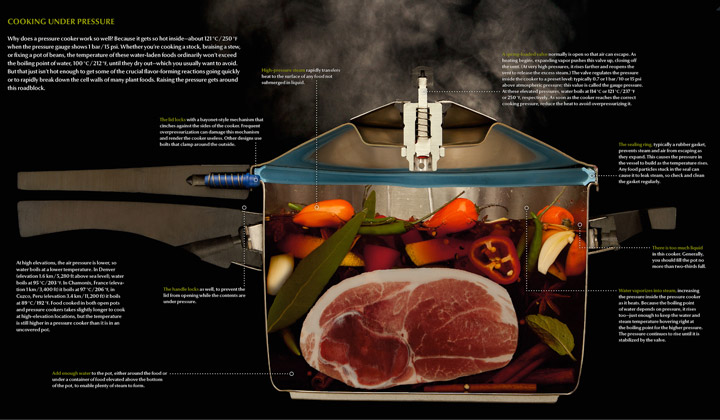
Cross-section of a stovetop pressure cooker. Image by Modernist cuisine.
Here is a basic diagram of an electric pressure cooker with all the safety features.

Cross section of a typical electric pressure cooker.
- Primary Safety Release Valve – The valve in the lid will release pressure if the internal pressure exceeds 15.22psi or 105kpa
- Encapsulated last–resort pressure release – Should the primary pressure regulating valve fails, the excess pressure is released into the body of the unit (between the outer lining and the inner pot).
- Anti-blockage Vent – Special vent shield that prevents food from blocking it.
- Locking Lid – Mechanical lock that prevents the lid from being opened when the contents are under pressure – even without electricity.
- Lid Close Detection– If the lid is not properly closed, pressure cooking will not commence.
- Temperature Monitor– Monitors the cooking temperature and ensures that it remains in a safe range. Also, when the temperature goes beyond a safe range, the sensor turns off the heat.
- Extreme Temperature and Power protection – A special fuse disconnects power should the temperature rise at a level that could damage the electronics and the cooker try to draw an unusually high level of electricity.
The safety features revived the pressure cooker and now many companies are making high-quality pressure cookers that are essentially fail-safe. However, make sure that you read the owner’s manual and understand the issues. Check the rubber gasket to make sure it hasn’t lost its flexibility and it is clean. If you notice any issues like pressure not being attained or continued whistling sound, stop the cooking and call the manufacturer. And more importantly, under no circumstances don’t force anything.
Why use a pressure cooker?
The most obvious and immediate reason is the speed of cooking. It is estimated that a pressure cooker, set to 15 psi, cooks food 75% faster than conventional methods like steaming, boiling, and braising. 70% less time also means 70% energy used. According to the American Council for an Energy-Efficient Economy, pressure cookers also use 50 to 75 percent less energy due to shorter cooking times. Further the electric cookers, maximize the savings even more by the insulation that minimizes the heat lost in the surroundings. An excellent feature if you are cooking in a hot environment where the electric or gas stove can heat the surroundings. A note here is that the times that are mentioned in all guides are after the pressure cooker reaches target pressure.
There is a misconception that the pressure cooker can destroy nutrients and vitamins. This is mostly not true. For most nutrients, the temperature is not even close to what is needed to transform any of those ingredients. On the contrary in certain cases, the high heat can break down more effectively cellulose, or connective tissue releasing more nutrients.
Pressure cookers are especially useful for cooking at high altitudes. As it was discussed before as elevation increases, atmospheric pressure decreases, causing water to boil at lower temperatures, which lengthens cooking times. But a pressure cooker provides constant, precise atmospheric conditions inside the cooker, reducing cooking times even at high altitudes.
Learning to use a pressure cooker takes some time and your favorite recipes will need some fine-tuning. The toughest part is to master the amount of liquid that you need to add to cook your food. There is almost no evaporation during cooking so the liquid that you add will always be there. On top of that, you will have liquid coming from the food itself increasing the total amount of liquid. This can result in a stew becoming a soup and all the flavors get diluted. Another pain point with pressure cookers is checking on food, testing, and adjusting the seasoning. Once you close the pressure cooker is done. Next time you see your food it will be ready to eat. I personally find the flavor a little muted so it might need some extra salt or some extra acid and to liven up the flavors.
Finally, the food coming out of the pressure cooker is very hot so you have to wait longer to enjoy it.
How to choose the best pressure cooker for your needs and budgets?
Picking a pressure cooker is not as easy. There is a huge variety of styles and models. Before getting one you need to have an answer to these questions: 1) how many servings of food you need, and 2) what food items you plan to cook. For the first question you have a wide range of choices as pressure cookers come in many sizes from 3 Qt all the way to 10 Qt. Bear in mind, however, that only 2/3 of that is usable. You need some headspace at the top for the steam to build up. Filling it over that line it is very dangerous, and actually electric pressure cookers will not even start if they are overfilled. A good rule of thumb is that if you are making soup you can feed an estimate of 1 qt per person, so an 8 Qt can feed 8 people. Of course in reality the serving is not 1 Qt, but 0.667 Qt.
Aside from the volume, the shape is also important. There are many options with a different aspect ratio (the ratio of the height to width). Pots that are wider than they are tall, can fit entire chickens or short ribs, but take too much space on the counter or storage cabinet. On the contrary, taller pots can take less space, but can’t fit a whole chicken (you can always cut it). It all comes down to your needs and your space.
The final criteria (and probably the most important) is to choose between an electric and a stovetop. It all comes down to personal preference. I am a huge fan of electric pressure cookers. They are hassle-free, worry-free, and very safe. They come with a large selection of settings and and digital controls. Many of them can be used as slow cookers, rice cookers, and even sous vide. The stovetop models tend to be favored by restaurants because they are simple, not many moving parts, and can cool quickly after running them under cold water. They are, however, more dangerous as they don’t have the safety features of the electric models, but if you are careful there is no need to worry.
What are the best foods to cook in a pressure cooker and why?
Pressure cooking is a moist-heat cooking method, so foods that taste good boiled, braised, or simmered work best. Good options include soups, stews, and stocks; dried beans, whole grains, risotto, polenta, and grits; dense vegetables like beets and carrots; and meats you might otherwise consider for braising, like beef chuck, pork shoulder, or chicken parts. As the method is completely wet, for meats it is advised to sauté them before adding the water so they develop more complex flavors.
Pressure cooking these foods causes their proteins to denature, their starches to gelatinize, and their fibers to soften in about one-third the time they would under normal atmospheric pressure. For example, hard dried beans, like chickpeas, which normally take more than an hour to cook, can be pressure cooked in about 20 minutes. A full-flavored beef stock that would normally simmer for the better part of a day can be pressure cooked in an hour, and risotto is ready in about 10 minutes.


